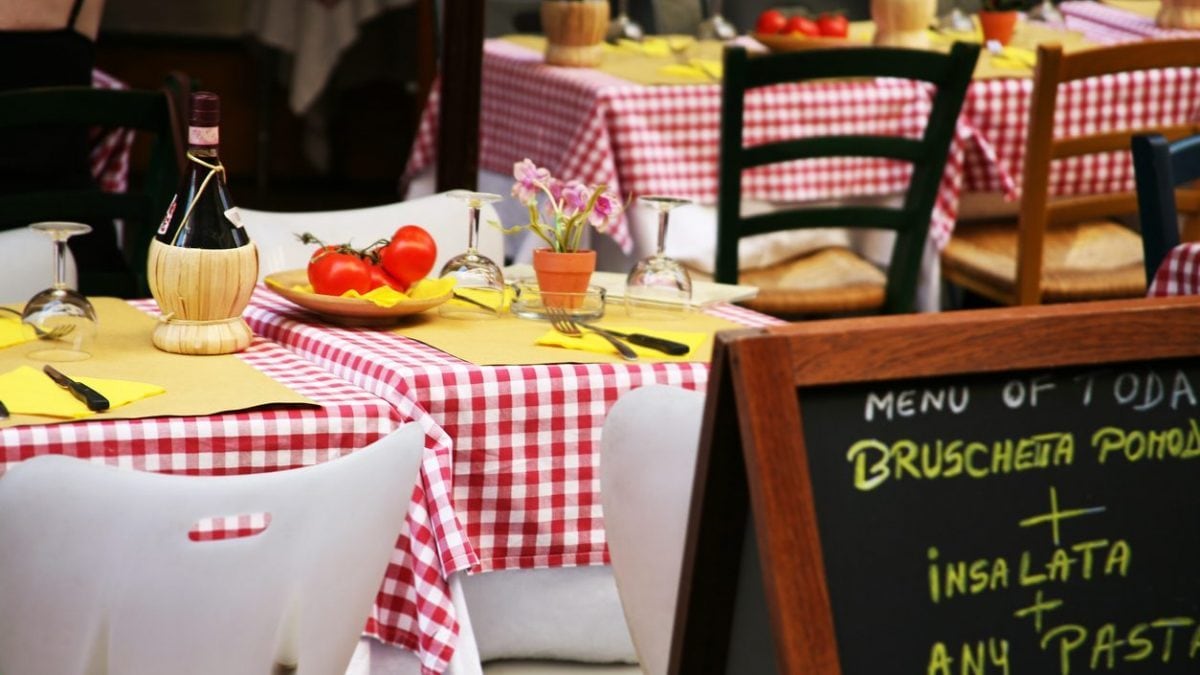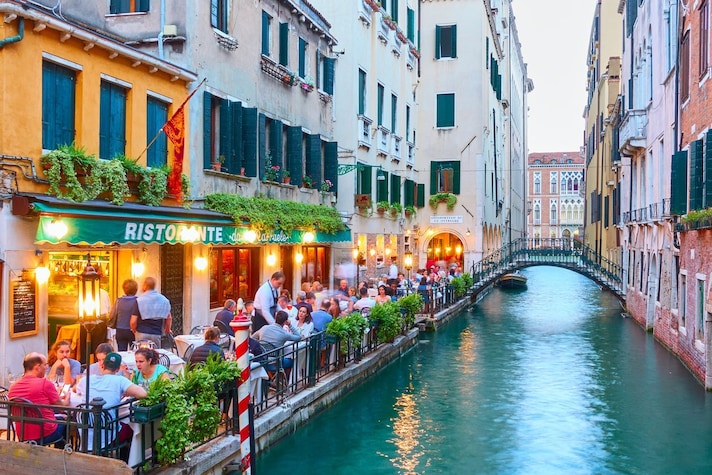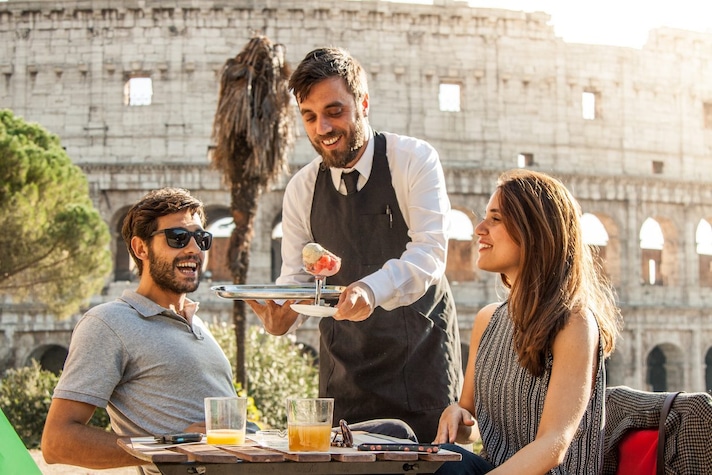
The New York Times has unleashed a merciless critique of how Italian cities are evolving under the onslaught of food tourism. From the streets of Bologna to those of Rome, passing through Florence and Turin, Italy's historic centers are increasingly resembling food theme parks, where gastronomic tradition is displayed as a commodity to be consumed, but often loses its authentic essence.
"The streets of Bologna, Florence, Rome, and Turin have become a sort of open-air restaurant, where carbonara is served in ‘Instagrammable' pans and the sfogline work behind glass windows like in an Italian grandmother's zoo," write Emma Bubola and Motoko Rich in their article. The description leaves no room for ambiguity: what was once a symbol of tradition and food culture is now transforming into a tourist attraction, designed to satisfy the desire for perfect photos and gastronomic clichés. It's no longer true Italian cuisine on offer, but a packaged product, often reduced to stereotypes that have nothing to do with the daily reality of Italian cities.
The Social Network Playground is Global
The phenomenon of "foodification," as it's called, is now evident. In many Italian cities, historic centers are becoming places where restaurants and bars all look alike, offering similar, standardized dishes, with no connection to local tradition. In Rome, Florence, and Venice, for example, residents are dwindling, while the city is filling up with tourists seeking an endlessly repetitive gastronomic experience. Historic shops are being replaced by limoncello and tiramisu shops, while restaurants serve spaghetti and pizza on every corner, without distinguishing themselves for originality or quality. This phenomenon is leading to a growing standardization that threatens to erase each city's unique identity and culinary culture.
But Italy isn't the only country affected by this phenomenon: "foodification" is taking hold in many cities around the world. From the streets of Tokyo to those of New York, from the historic districts of Barcelona to those of Istanbul, the idea of transforming urban centers into food theme parks is spreading everywhere. Everywhere, typical foods and gastronomic traditions are losing their connection to local culture, becoming commodities to be consumed quickly, often in artificial and superficial contexts. Culinary traditions, once symbols of belonging and identity, are now sold as a mere tourist experience, and risk disappearing under the weight of gastronomic globalization.

A Tourism That Suffocates Daily Life
The transformation of historic centers into "gastronomic amusement parks" is also impacting daily life. Italian cities, once rich in local life and culture, are experiencing a massive exodus of residents, who feel increasingly marginalized by their own cities. This change is particularly evident in cities like Rome, where the population of the historic center has decreased by more than a quarter in 15 years. The streets are no longer accessible to the people who once lived there, but have become thoroughfares for tourists seeking "authentic" but soulless dishes. Urban life is turning into a mere representation for the consumer, where everything is for sale, and nothing truly remains tied to tradition.
But this phenomenon isn't limited to large cities or those with a tourist vocation: the New York Times cites Palermo, for example, where the streets of the historic center are overrun with restaurants serving typical dishes like arancini, cannoli, and Aperol spritz, but at the expense of authenticity and local life. The American newspaper refers to Via Maqueda, a street in Palermo that is home to 31 restaurants, creating an atmosphere more suited to a gastronomic amusement park than a true historic center.

What is The Future for Italian Gastronomy?
While it's true that Italian cuisine is an integral part of the national identity and economy, we cannot ignore the risk that this gastronomic overcrowding is suffocating its character. While food tourism is growing and contributing to GDP, with the phenomenon of "foodification" now representing a significant portion of the tourist offering, it's equally true that this evolution is undermining the cultural value of the cuisine itself. It's no longer a passion for food that drives the flow of tourists, but the search for an image, a postcard to share on social media, where everything is prepared to be consumed quickly and easily.
The Italian government recently nominated Italian cuisine for UNESCO World Heritage status, a recognition that, on the one hand, would highlight the exceptional nature of Italian cuisine (though we should be calling it "the" Italian cuisines) in the eyes of the entire world , but, on the other, risks contributing to the standardization and commercialization of culinary tradition. If the country doesn't find a way to rebalance the relationship between food tourism and the preservation of its authentic traditions, it risks losing its true essence, leaving only a substitute version of its wonderful cities, centered on spritz and carbonara.
;Resize,width=767;)
